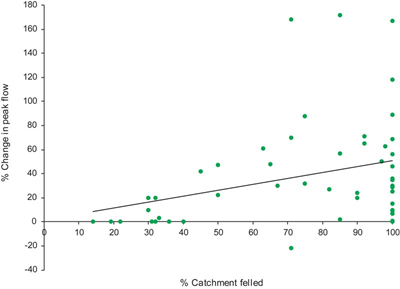
The biggest carbon benefit of a new* forest comes from its large-scale production of low-carbon, recyclable resource. That's why UK #NetZero must be rooted in:
UKFS** designed
UKWAS*** certified
high-yielding****
new forests. confor.org.uk/media/247533/e…
#ReforestationConference
UKFS** designed
UKWAS*** certified
high-yielding****
new forests. confor.org.uk/media/247533/e…
#ReforestationConference

* We aren’t talking ancient woodland here, which covers around 2.5% of the UK. If anyone is talking to you about woodland establishment and showing photos of ancient woodland, ask questions.
** UKFS, the UK Forestry Standard, regulates all government-supported woodland creation in the UK. It protects important habitats and deep peat from planting, ensures diverse forest design, and requires water, soil, landscape and heritage protection. gov.uk/government/pub… 

*** UKWAS, the UK Woodland Assurance Standard, is what UK forests have to meet for the timber they produce to carry the @FSCUK and @PEFC_UK sustainability labels. Based on UKFS, it requires forest owners to pay for independent annual audits. ukwas.org.uk 

**** A forest’s wood production is measured in Yield Class (YC) - cubic metres per hectare per year. A person uses about 1m3 wood products per year, so a 200ha YC20 forest sustainably supplies around 4000 people. forestryscotland.com/products-and-m… 

• • •
Missing some Tweet in this thread? You can try to
force a refresh












